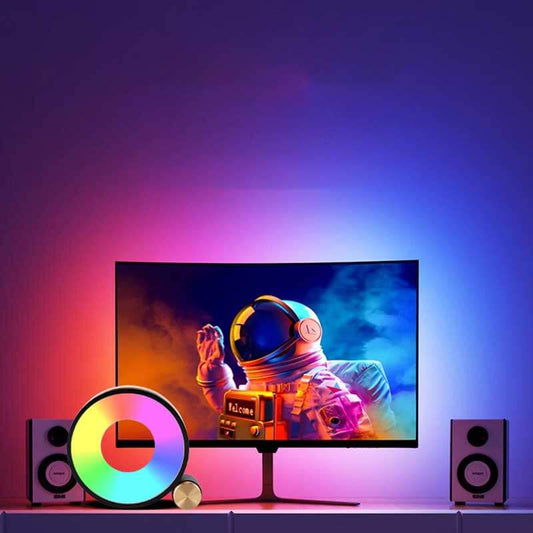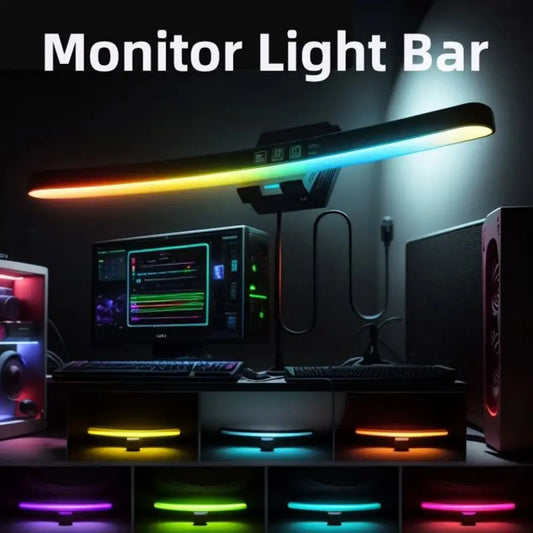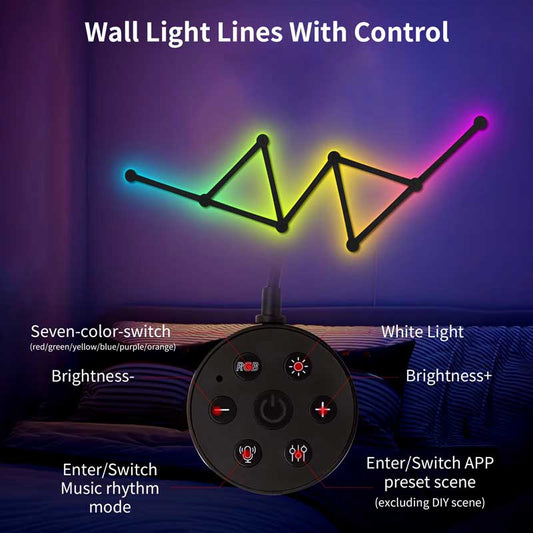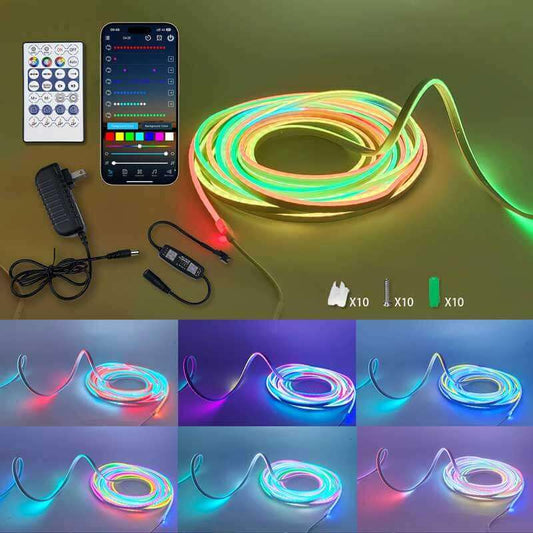How to do edge lighting?
Share
Edge lighting is a technique used to create a subtle yet striking illumination along the edges of a surface or object. It's commonly used for backlighting, accent lighting, or creating dramatic effects in both residential and commercial spaces. Edge lighting can highlight architectural features, furniture, shelves, or even be used for effects like glowing panels. Here’s a detailed guide on how to do edge lighting, including the materials you need, installation tips, and design suggestions:
1. Types of Edge Lighting
Edge lighting can be used for a variety of purposes, each with different approaches:
- Backlighting: Placing a light source behind an object (like a sign or panel) to illuminate the edges and create a glowing effect.
- Under-Cabinet or Shelf Lighting: Mounting LED strips along the edges of shelves or cabinets to add an ambient glow.
- Accent Lighting: Using edge lighting to highlight the contours or outlines of walls, artwork, or furniture.
- Accent for Architectural Details: Installing lights along architectural features like crown molding, baseboards, or around windows.
2. Materials Needed for Edge Lighting
-
LED Strip Lights: These are the most commonly used light source for edge lighting. They are flexible, energy-efficient, and come in a variety of colors and brightness levels.
- Choose RGB LED strips if you want the option to change colors or white LED strips for a consistent warm or cool light.
- Ensure the LED strip is designed for the type of application you're considering (e.g., IP-rated strips for outdoor use or dimmable strips for adjustable brightness).
-
LED Drivers: These are necessary to power the LED strips. Ensure you match the voltage of the driver with the LED strip (e.g., 12V or 24V).
-
Mounting Tape or Clips: Use strong adhesive tape (usually pre-applied on LED strips) or clips to secure the strip along the edges.
-
Diffuser Channels (Optional): These are used for a softer, more even light distribution, especially if you're installing the lights in a visible location. The diffuser helps eliminate harsh points of light from the LED strip, giving a smooth, uniform glow.
-
Power Supply and Switches: Depending on the setup, you may need additional power supplies, connectors, and switches to control the lighting.
-
Connectors and Extension Cables: To extend the length of your LED strips or to make corner turns, connectors and cables will be necessary.
3. Steps for Installing Edge Lighting
Step 1: Choose the Right LED Strip
- Determine the brightness and color temperature: Choose LED strips with the right color temperature (warm white, cool white, RGB, etc.) based on the mood you want to create. For edge lighting, a mild brightness is usually preferred to avoid overpowering the design.
- Measure the area: Measure the length of the edge where you want the light to go (e.g., along the back of a shelf or edge of a countertop).
Step 2: Prepare the Surface
- Clean the area where you’ll install the LED strip to ensure proper adhesion.
- If using diffuser channels, install them first. These can be mounted along the edge, and then the LED strip slides into place.
Step 3: Apply the LED Strip
- Most LED strips come with an adhesive backing. Peel off the backing and stick the strip along the edge, starting from one end and working your way around.
- If your installation is around corners or edges that change direction, use connectors to make smooth turns. Some LED strips come with pre-cut points for easy corner connections.
Step 4: Install the Power Supply
- Connect the LED strip to the power supply. The power supply should match the voltage requirements of the LED strip (12V, 24V, etc.).
- If needed, connect the power supply to a switch or a dimmer for control. You can even use smart controls to adjust the lighting via your smartphone.
Step 5: Test the Lights
- Plug in the power supply, and check that all the LEDs are functioning correctly.
- Ensure the lights are properly aligned and the adhesive has secured them in place.
Step 6: Secure the Lights
- For areas where adhesive alone isn’t enough (like corners or heavy use areas), use clips or additional mounting hardware to ensure the strip stays in place.
- Optionally, you can install a diffuser to soften and spread the light.
4. Design Tips for Edge Lighting
-
Floating Shelves or Cabinets: Install LED strips underneath floating shelves or kitchen cabinets for a clean, contemporary look. This is a great way to add ambient lighting to spaces without visible light fixtures.
-
Backlighting Signs or Artwork: For dramatic effects, use edge lighting behind a sign, framed artwork, or a decorative piece. This creates a halo effect and highlights the outline of the object.
-
Crown Molding and Ceilings: Install LED strips along the edges of crown molding or around ceiling edges to create a soft, glowing effect. This can add a sophisticated touch to any room, especially in the living room or bedroom.
-
Staircases or Railings: Installing edge lighting along staircases or railings is a stylish way to provide safety and a modern look. Low-profile LED strips work well along the sides of stairs or under the handrails.
-
Floating Floors or Baseboards: Another way to create edge lighting is along baseboards or under a floating floor. This provides a subtle, ambient glow that’s perfect for accent lighting in hallways or bedrooms.
5. Maintenance Tips for Edge Lighting
-
Clean Regularly: Dust can build up on LED strips and diffusers. Use a soft cloth to clean them occasionally to maintain light quality.
-
Check for Loose Connections: Occasionally check the power supply and connectors to ensure there are no loose or disconnected wires.
-
Replace Damaged Strips: If a section of the LED strip stops working, you can replace just that section or the entire strip, depending on the damage.
6. Where to Use Edge Lighting in Your Home
-
Living Room: Backlight a TV or artwork, or use edge lighting along crown molding or baseboards for ambient lighting.
-
Kitchen: Install under-cabinet lighting for tasks or along the edges of countertops and islands for accent lighting.
-
Bedroom: Create a soft glow around the bed frame, headboard, or under floating furniture to add a modern, relaxing ambiance.
-
Hallways: Add edge lighting to walls or stairways to enhance safety and ambiance in narrow spaces.
-
Bathroom: Use edge lighting for mirrors or as ambient lighting around the perimeter of the bathroom ceiling.
Conclusion
Edge lighting is a versatile and effective way to add a modern and sophisticated look to your home. By following these steps, you can easily create beautiful, glowing effects along any edge. Whether for functional, task, or accent lighting, edge lighting can transform your space and add a warm, welcoming ambiance.




